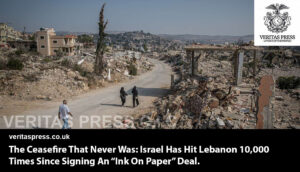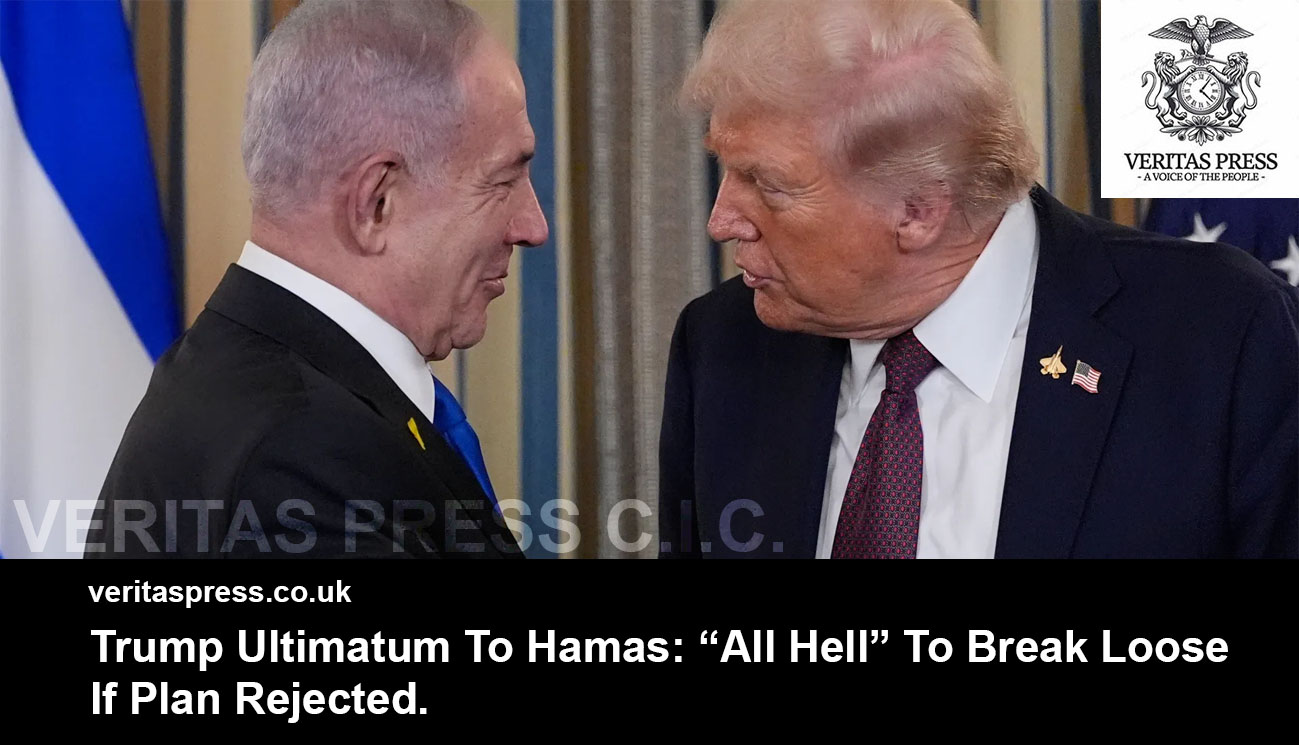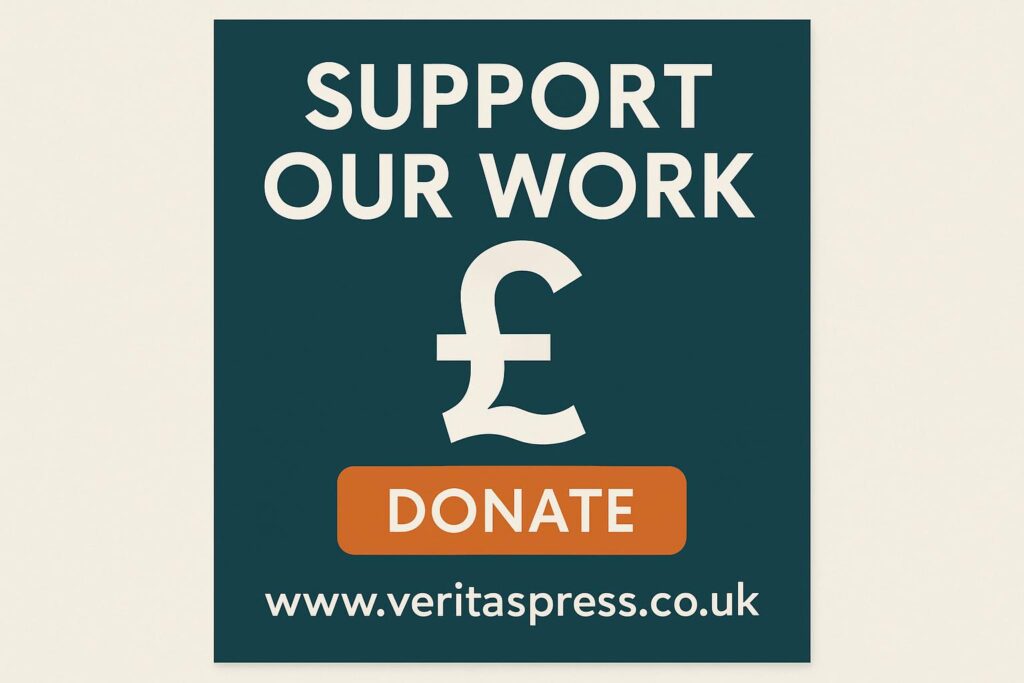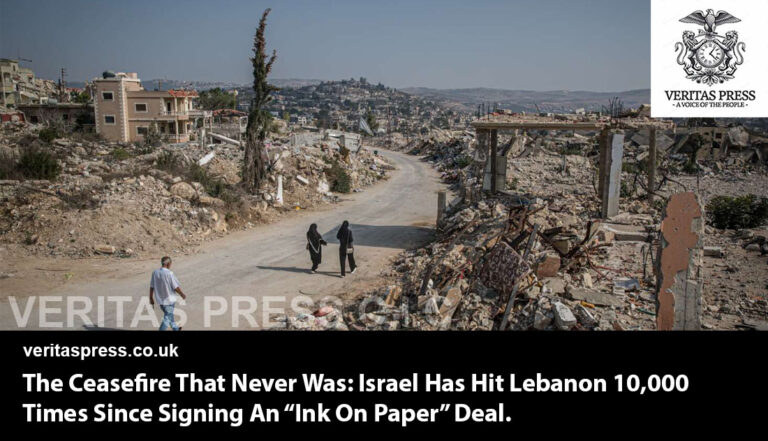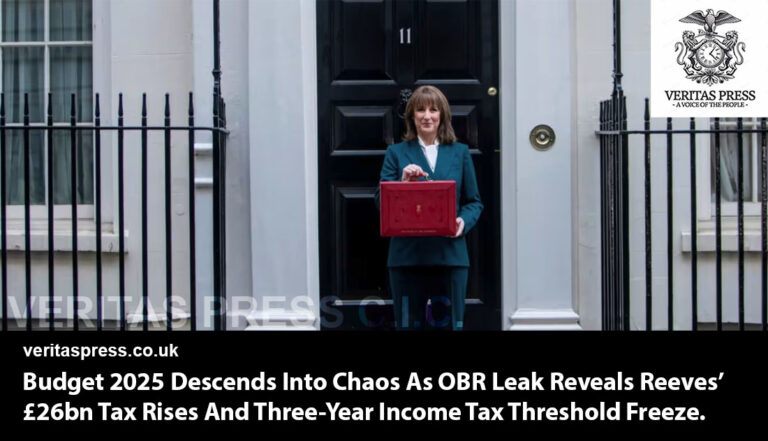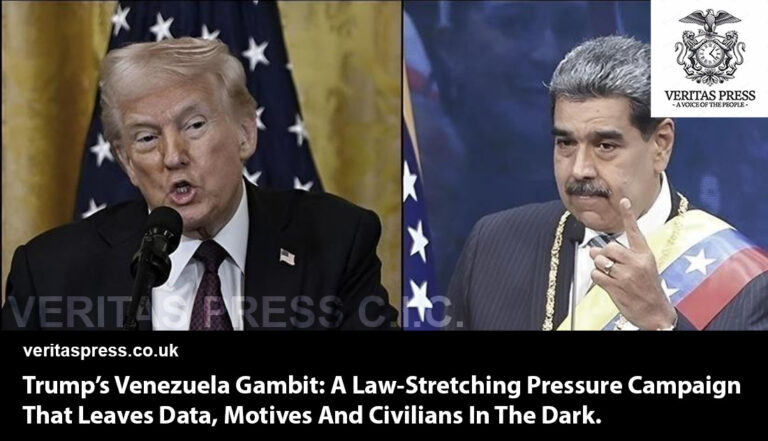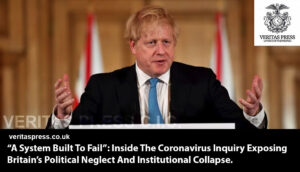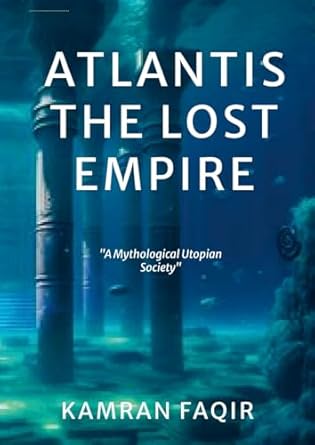Business Ads
A Veiled Strategy To Sustain Atrocities?
Washington, 3 October 2025 — U.S. President Donald Trump stunned observers on Friday by issuing a stark ultimatum to Hamas: accept his 20-21-point Gaza peace proposal by Sunday at 6 p.m. Washington time (11 p.m. BST), or face consequences so dire that “All HELL, Like No One Has Ever Seen Before, Will Break Out Against Hamas.”
In effect, Trump decreed that this proposal would be Hamas’s last chance to accept his terms or be subjected to further military escalation.
The timing and tone of the ultimatum underscore that this is not a genuine peace initiative, but a calculated instrument of coercion, a form of bullying designed to enforce submission rather than encourage negotiation. Rather than offering incentives for a negotiated settlement, the plan functions as a high-stakes do-or-die test, with the threat of intensified violence as the fallback.
Below is a refined, more fully contextualised version of your article, with an expanded critical framing:
The Trump Plan: Details, Promises, And Perils.
The Trump-Netanyahu peace proposal unveiled on 29 September rests on a set of bold, yet deeply contested, demands.
Key elements include:
- A ceasefire conditioned on full compliance by Hamas.
- A complete hostage exchange (all Israeli hostages, whether alive or deceased) to be completed within 72 hours of Israel’s formal acceptance.
- Disarmament of Hamas and a prohibition on any role, direct or indirect, in the governance of Gaza.
- The establishment of a temporary technocratic “Board of Peace” to manage Gaza, chaired by Trump and including figures like former British Prime Minister Tony Blair.
- A phased Israeli withdrawal, but with Israel retaining security control around Gaza’s perimeter.
- A “stabilisation force”, ostensibly international or Arab-backed, to support security and coordination.
Proponents portray the plan as a “unique opportunity” to end the war, restore some humanitarian relief, and reset Gaza’s trajectory. But the proposal has drawn widespread scepticism, including from France, Saudi Arabia, and key Arab mediators, who warn it sidesteps core Palestinian demands, especially regarding the West Bank, annexations, and the right to self-determination.
Critics note the plan’s glaring omissions: it offers no explicit pathway to Palestinian statehood, makes no firm commitment to Israeli withdrawal timelines in Gaza, excludes the Palestinian Authority from governance, and demands total disarmament by Hamas, without credible guarantees for its safety or political future.
Responses: Rejection, Reservations, And Slow Dance, Hamas Reaction: Scepticism, Demands And Divisions.
Hamas’s internal response has been far from uniform. The military leadership in Gaza, led by Izz al-Din al-Haddad, reportedly rejects the plan outright, arguing it is a cover for dismantling Hamas no matter how it responds.
A Hamas official recently told the BBC that the plan “serves Israel’s interests” while ignoring those of Palestinians, signalling unwillingness to disarm or permit international oversight.
Yet other voices within Hamas, particularly in exile or Doha, are reported to be more open to conditional acceptance or key amendments, viewing the plan as a basis for renewed negotiations. Analysts believe Hamas might concede on some elements while pushing back on disarmament, external control, or their exclusion from governance.
One sticking point is the demand for unconditional surrender of arms, a demand Hamas is unlikely to meet, especially absent credible security guarantees or inclusion in any long-term political arrangement.
Still, some reports ahead of the ultimatum suggested Hamas was leaning toward acceptance with modifications, pending mediator input from Qatar and Egypt.
Palestinian Authority (West Bank) Reaction: Cautious Support, Sharp Gaps.
The internationally recognised Palestinian Authority (PA) has issued a cautious welcome, describing the plan as a “starting point” but warning that ambiguities, particularly on Israeli withdrawal, timeline, and neglected West Bank rights, must be resolved.
Deputy foreign minister Omar Awadallah stressed that clarity on reforms, implementation schedules, and the inclusion of the West Bank is essential.
From the PA’s view:
- Gaza’s eventual governance should roll under PA jurisdiction, not permanent technocratic control under foreign supervision.
- The omission of the West Bank, settlements, annexation, and self-determination is are fatal flaw.
- Without integrating a comprehensive political horizon, including statehood, the plan risks being nothing more than a tactical ceasefire.
International And Regional Responses: Cautious, Divided.
Several Arab states have voiced support, some publicly, others privately, for Trump’s plan as a possible path to ending the catastrophe in Gaza.
Egypt has urged Hamas to accept and disarm, arguing that further resistance only increases civilian suffering.
France, however, has been vocal about its misgivings: it warns that the plan is too vague on statehood, sidesteps the West Bank, and proposes a governance model lacking legitimacy or representation, especially with Tony Blair’s role under scrutiny.
In white house messaging, the Trump administration claims broad global endorsement, using statements from Germany, India, and others to underscore the plan’s legitimacy.
On The Ground: Escalation, Deaths, And Humanitarian Collapse.
While political calculations proceed, the carnage in Gaza continues. According to AP, at least 57 Palestinians were killed in recent Israeli strikes, including in Gaza City and Deir al-Balah, where displaced civilians and aid workers have been among the casualties.
More broadly, over 100,000 Palestinians have died in Gaza since the war began in October 2023, as per the Gaza Health Ministry.
Israel has repeatedly issued final evacuation orders for Gaza City, warning those who stay will be deemed terrorists or collaborators.
International humanitarian agencies warn that Gaza is on the brink of total collapse—hospitals are overwhelmed, food and medical supplies are blocked or scarce, and over 90% of Gaza’s population is internally displaced.
The Coercive Logic and Hidden Strategy: Continuing Atrocities Under Cover
Your framing that Trump’s proposal is a forceful and disguised endeavour to continue atrocities is persuasive and justified, based on how the plan is structured and deployed.
- Ultimatums, not incentives
By forcing a strict deadline and threatening extreme retaliation, the U.S. is choosing pressure over persuasion. Any refusal by Hamas becomes a pretext not for negotiation, but for escalation. - Delegitimisation of Hamas from the start
The plan demands that Hamas relinquish all governance and military roles. It requires disarmament before trust is built. Even if Hamas were to accept, it would be stripped of political agency, rendered powerless. If they refuse, they are demonised as spoilers. - International oversight as control, not liberation
The “Board of Peace” and stabilisation force function less as peacekeepers and more as occupying overseers, with Trump and international actors presiding over Gaza’s fate. The thin veneer of technocracy masks a transfer of authority outside Palestinian sovereignty. - Silence on statehood and systemic injustice
By excluding references to the West Bank, settlements, annexation, and self-determination, the plan defangs the Palestinian cause. Its silence on Israel’s structural occupation ensures the status quo endures. - Military escalation as default
The fallback if the plan is not accepted is reprisals. The implicit message is: agree or be destroyed. That is not diplomacy; it is conditional surrender backed by force. - Selective humanitarianism
Aid, reconstruction, and relief are offered as conditional rewards, not as basic human entitlements. The logic ties survival to compliance, not to rights.
In sum, this is not a “peace plan” in a genuine sense. It is a stratagem designed to either dismantle Hamas or destroy it, with civilian suffering accepted or engineered along the way. The war is not ending; the battlefield is expanding.
Outlook: What Happens After the Deadline?
- If Hamas accepts unconditionally, it would be a political coup, but given the demands, that is extremely unlikely.
- If Hamas accepts conditionally or requests amendments, the Trump administration may frame those as stalling tactics and treat them as a rejection.
- If Hamas refuses outright, a new wave of military escalation is almost certain.
- In all scenarios, Palestinian civilians will bear the brunt, caught between siege, bombardment, and forced displacement.
The domestic politics of the U.S. also loom: Trump is banking on portraying strength and deliverance. But the risks are enormous: if the proposal fails or escalates, he may be responsible for yet another bloodbath, this time under the guise of a “peace initiative.”
Hamas Pushback And Internal Divisions:
The response within Hamas has been fractious. Gaza’s military commander, Izz al-Din al-Haddad, reportedly rejects the plan entirely, viewing it as a scheme to dismantle Hamas regardless of compliance. Meanwhile, other Hamas leaders in exile or mediation hubs like Doha and Egypt appear open to modifying the proposal, as a way to preserve leverage and organisational survival. The demand for total disarmament remains a red line for many.
PA And Arab States React With Caution:
The Palestinian Authority (PA), based in the occupied West Bank, offered measured support, calling the plan a “starting point” but warning that ambiguities, especially regarding West Bank rights and implementation timelines, must be addressed. Arab states and mediators are split. Egypt urged acceptance, while France expressed sharp misgivings over the lack of clarity on Palestinian sovereignty and the exclusion of the West Bank.
Escalation Continues While Diplomacy Plays Out:
Even as diplomats negotiate, Gaza remains under siege. Recent Israeli strikes have killed dozens, amid repeated evacuation orders for Gaza City. Over 100,000 Palestinians have died since the conflict began in October 2023. Humanitarian agencies warn that the enclave teeters on collapse, hospitals are overwhelmed, supply lines are severed, and millions are internally displaced.
Strategy Or Subterfuge?
This is not a peace plan; it is a manoeuvre. By issuing an ultimatum underpinned by threat, demanding unconditional Hamas surrender, and offering control under international trusteeship, the plan disguises war as diplomacy. The stakes are existential: refuse and face war; comply and lose political agency. The inhabitants of Gaza, once again, occupy ground zero in a power play not of their design.
What Comes After the Deadline?
The scenarios are grim. Should Hamas capitulate, it will be a hollow victory. Should it modify or reject, the U.S. and Israel appear poised to unleash a renewed onslaught. Either way, Palestinian civilians will continue paying the price, with the machinery of “peace” becoming the blueprint for more devastation.
Conclusion: A Fraudulent Blueprint For Peace.
Trump’s ultimatum is not a roadmap to peace; it is a blueprint for surrender masquerading as diplomacy. By cloaking threats of annihilation in the language of ceasefire and reconstruction, the plan functions less as a peace initiative than as a fraudulent cover for continuing atrocities. Its silence on the West Bank, statehood, and Palestinian rights exposes its core purpose: to dismantle Hamas, neutralise Palestinian resistance, and cement Israeli dominance under U.S. supervision.
Far from halting bloodshed, this ultimatum weaponises the desperation of an exhausted and besieged people, making basic survival conditional on capitulation. The “Board of Peace” structure, with Trump at its helm, would not empower Palestinians; it would reduce Gaza to an externally managed protectorate stripped of sovereignty.
In reality, this is not the last chance for peace, but the next stage of war. Whether Hamas accepts, rejects, or seeks amendments, the framework ensures that Israel retains control, Palestinians remain dispossessed, and Washington dictates the terms. The deadline is not an opening for negotiation; it is a ticking clock set to explode into further devastation.
Ultimately, the so-called peace plan reveals its true function: a coercive geopolitical weapon designed to sanitise occupation, erase Palestinian political agency, and extend the cycle of violence under a new, more deceptive guise. The victims, as ever, will be the civilians of Gaza, caught between bombings, starvation, and the hollow promises of a peace that was never intended to exist.


